Category: Plants & People
-

Chinese Herbal Remedy Evolves To Hide From Greedy Humans
Here, we show that the leaf coloration of a herb used in traditional Chinese medicine (Fritillaria delavayi) varies among populations, with leaves matching their local backgrounds most closely. The degree of background matching correlates with estimates of harvest pressure, with plants being more cryptic in heavily collected populations. In a human search experiment, the time…
-
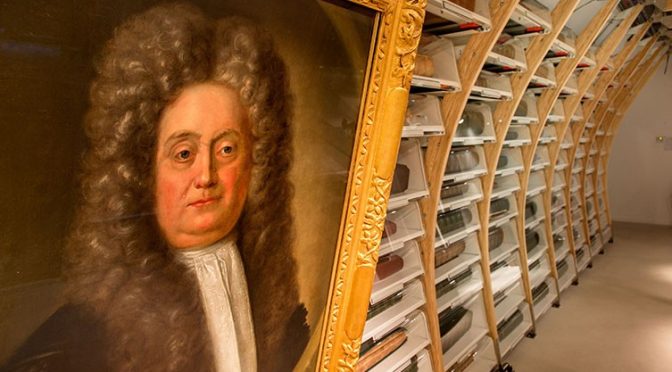
Those Famous White Naturalists Who Made History Would Have Failed If Not For Their Enslaved Or Indigenous Assistants And Collaborators
Sloane, Darwin and Wallace are often credited with single-handedly changing the course of science as we know it, but their discoveries would not have been possible without the help of others. This help often came in the form of Indigenous people, enslaved Africans, Black healers, and others whose names and contributions have been lost to…
-
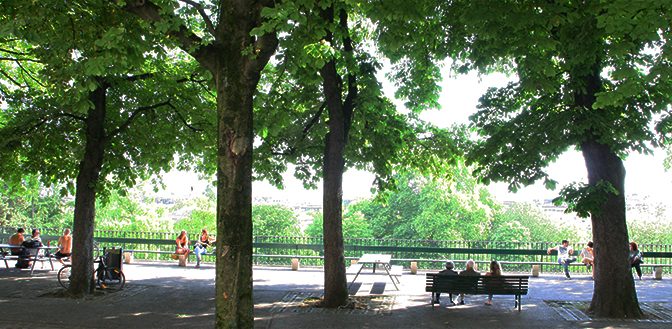
Urban Trees, Whether Native Or Introduced Species, Provide The Same Ecological And Social Services
“Should we promote native trees and ban – or at least put limits on – introduced species? Of all the species introduced into urban areas, only 5% are potentially problematic, such as the Tree of Heaven (Ailanthus altissima) located in the old town of Geneva. But what should we do with the remaining 95% of…
-
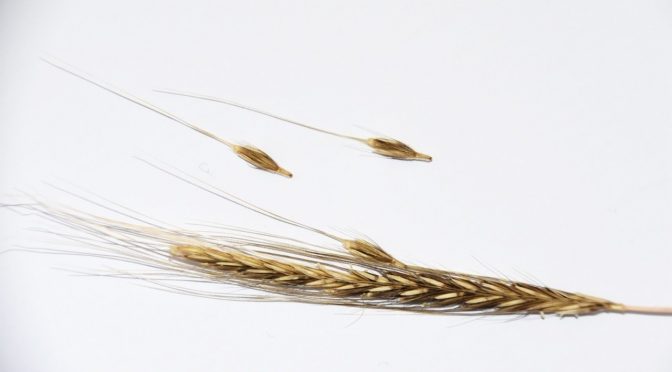
Plants Evolve To Entice Humans To Spread Their Seed
“Humans are the best seed dispersers that have ever existed, dispersing plant species all over the world,” Spengler says. “We are currently removing all competitive plant species across the Amazon to spread soybean seeds – a plant that originally evolved traits for a mutualistic relationship with humans in East Asia. (Click on title for full…
-

Foliage Can Reveal Hidden Graves And Cadavers
In the United States, 100,000 people go missing every year, the authors of the new study say. And when search teams hunt for human remains, logistical issues can slow the process. Searching on foot can be arduous, and tree cover can block the view for aerial searches. (Click on title for full story.)
-
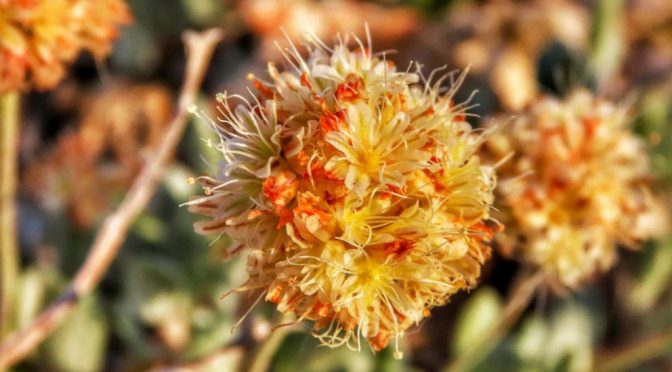
Should This Endangered Plant Get In The Way Of Our Electric Cars And Cell Phones?
A botanist hired by a company planning to mine one of the most promising deposits of lithium in the world believes a rare desert wildflower at the Nevada site should be protected under the Endangered Species Act, a move that could jeopardize the project, new documents show. (Click on title for full story)
-
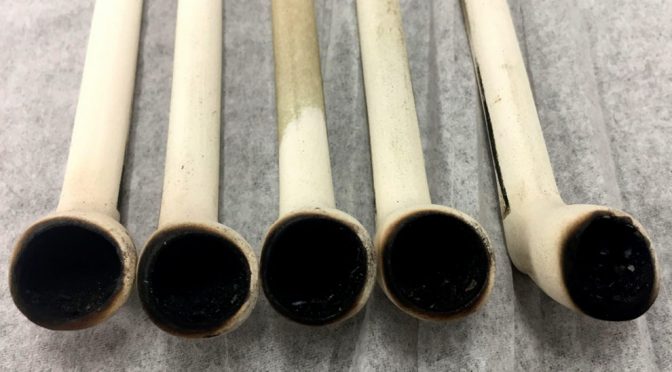
What Were They Smoking? New Research Reveals Surprising Mix Used By Early Indigenous People
Until now, the use of specific smoking plant mixtures by ancient people in the American Northwest had only been speculated about. (Click on title for full story.)
-
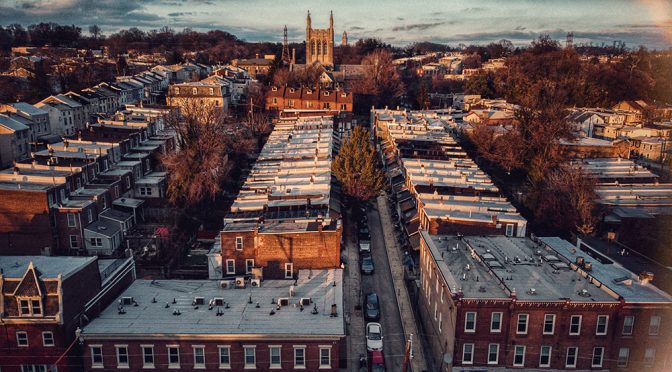
Urban Forests Save Lives
The first city-wide health impact assessment of the estimated effects of a tree canopy initiative on premature mortality in Philadelphia suggests that increased tree canopy could prevent between 271 and 400 premature deaths per year. (Click on title for full story.)
-
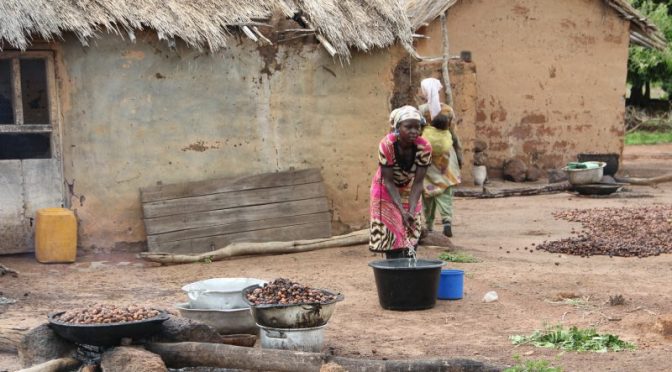
To Safeguard Your Shea Butter Supply – And Support Local Economies – Protect Habitat Diversity
Our work supports the theory that when we improve plant diversity on farms we see an increase in pollinators and shea yield. We believe a landscape approach which protects these ecosystem goods and services also reduces the vulnerability of human populations across the shea belt. This work demonstrates the potential for ecosystem restoration to deliver…
-
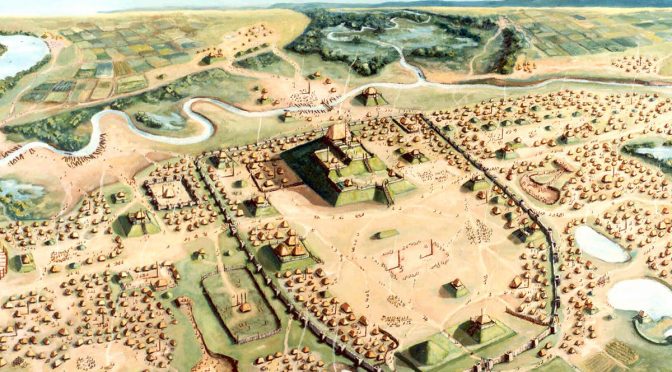
The Arrival Of Corn Powered The Earliest North American City
In a new study, scientists report that corn was not grown in the ancient metropolis of Cahokia until sometime between A.D. 900 and 1000, a relatively late date that corresponds to the start of the city’s rapid expansion. (Click on title for full story.)
